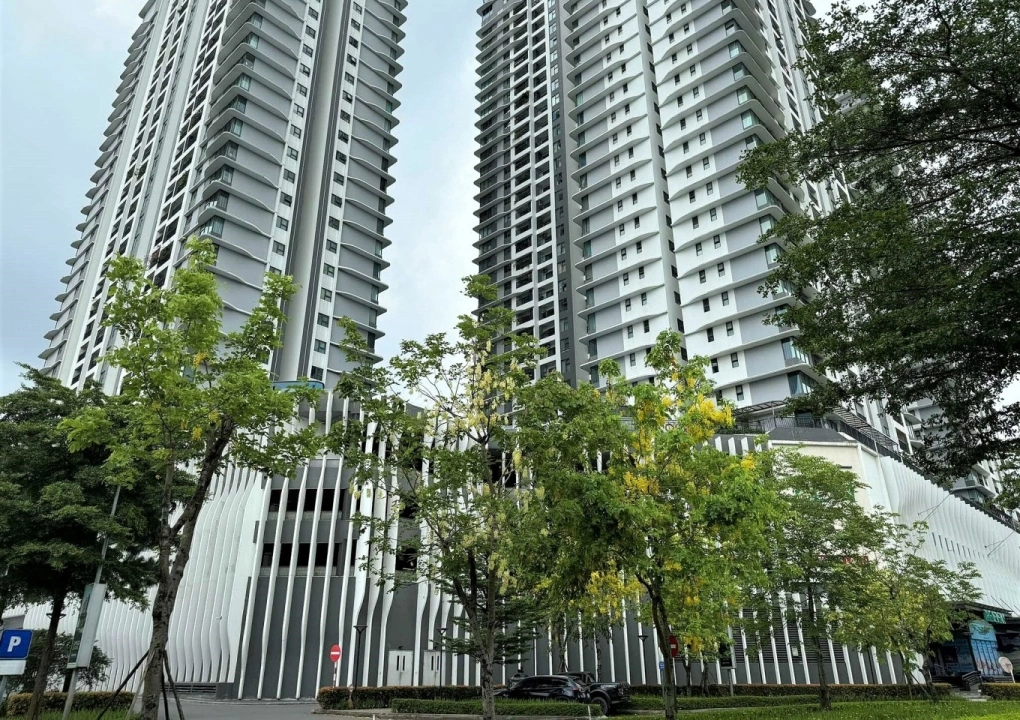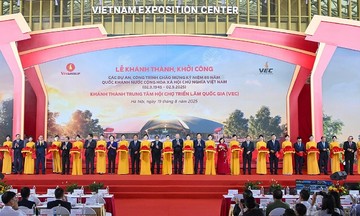Construction projects (new construction, renovation of all types of buildings achieving green building targets, using energy efficiently, and new construction and renovation of environmentally friendly public works that save energy) must meet two criteria:
First, they must possess one of the following valid environmental documents: a decision approving the environmental impact assessment report, an environmental permit, or an environmental registration as regulated. Projects exempt from environmental procedures are not subject to this requirement.
Second, projects must be in the field of environmental protection or have environmental benefits, and meet the following requirements:
| Field of environmental protection or with environmental benefits | Specific requirements | Projects receiving incentives and support |
| Effective use of natural resources, responding to climate change | 1. Certified by a domestic or international green building certification organization (such as LOTUS, LEED, Green Mark...). 2. Meet the requirements for reducing greenhouse gas emissions, using refrigerants with a global warming potential (GWP) and ozone depletion potential (ODP) equivalent to or lower than Vietnam's controlled greenhouse gas and ozone-depleting substance management roadmap, in accordance with legal regulations. | Green credit |
| Construction of multi-purpose, environmentally friendly, and energy-saving infrastructure | Green bonds |
In addition to construction, the decision also specifies 43 investment projects in six other areas that are considered and confirmed to be in the green classification list.
 |
A condominium project in Hoang Mai district, Hanoi. Photo: Ngoc Diem |
A condominium project in Hoang Mai district, Hanoi. Photo: Ngoc Diem
According to experts, the issuance of the national green classification list is a strategic step, setting clear environmental criteria to help businesses, investors, and credit institutions easily identify green activities, thereby increasing reliability, reducing investment risks, and optimizing capital allocation.
Hai Long












